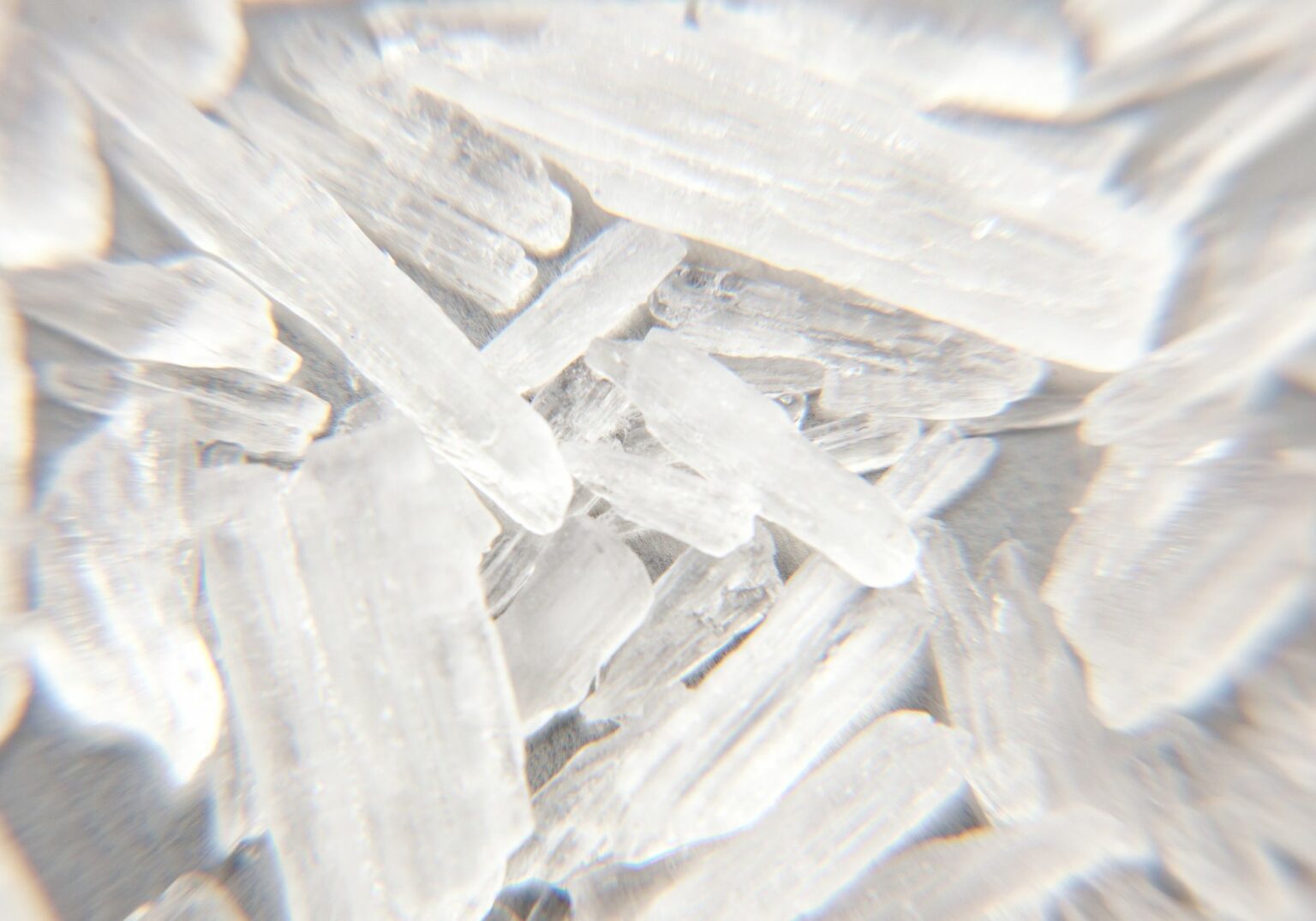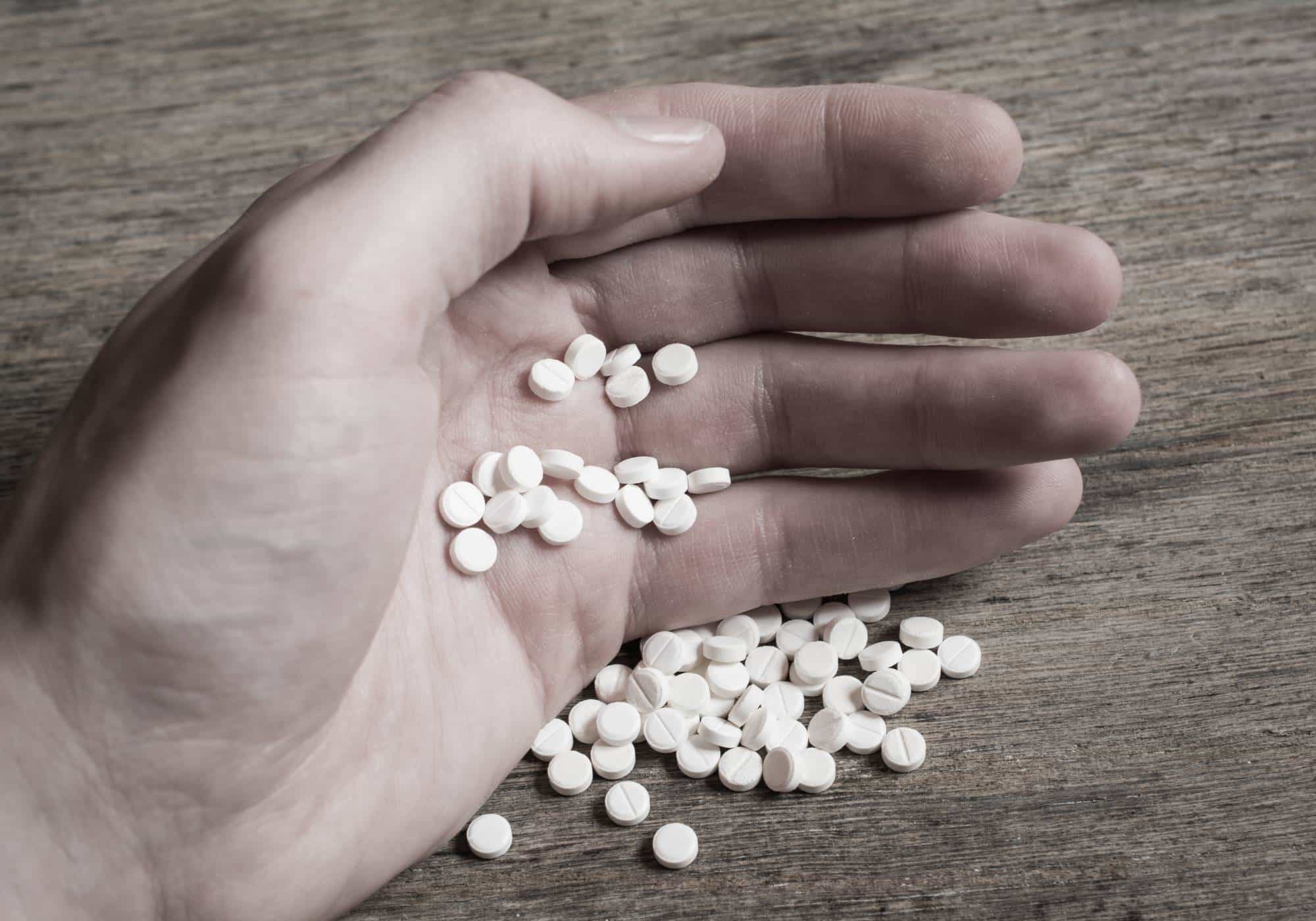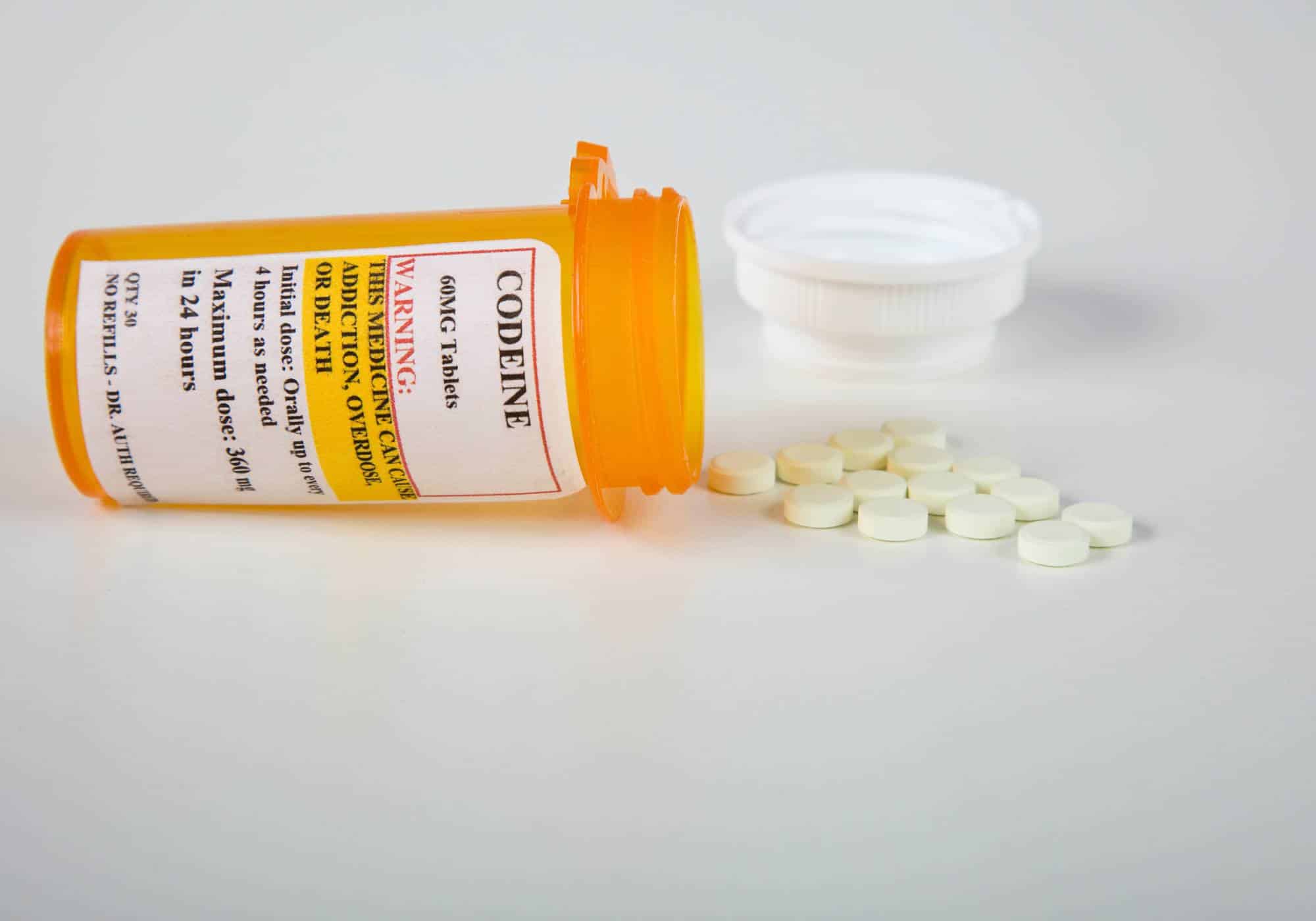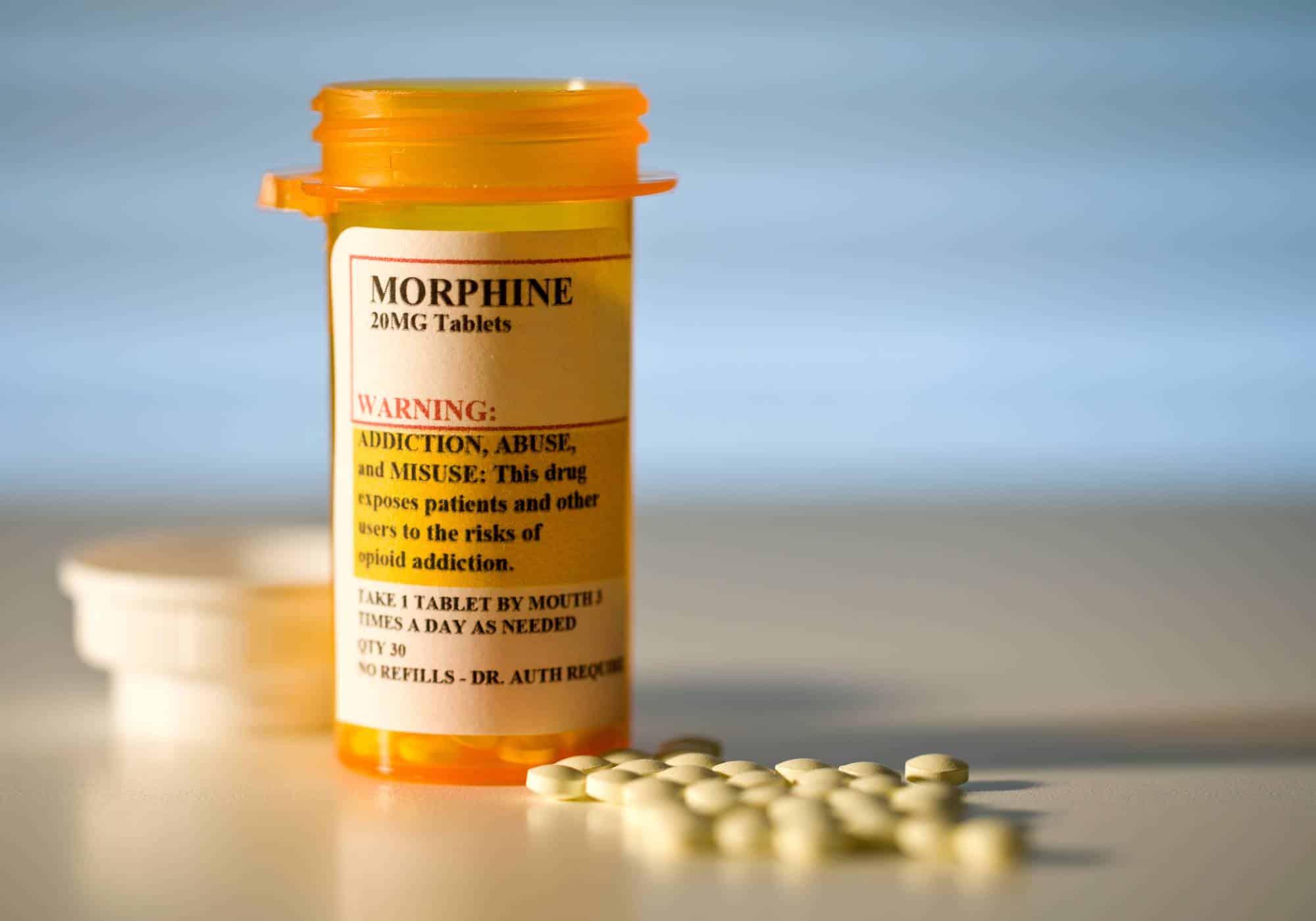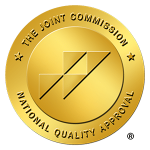The “shake and bake” approach to producing methamphetamine represents a quicker, more compact method, yet it comes with grave dangers including explosions, chemical burns, and poisoning. This method simplifies the traditional, equipment-heavy meth production process to something that can be done in a confined area with minimal supplies, such as a two-liter plastic bottle and a few basic ingredients. Despite its efficiency, the “shake and bake” technique is notorious for its high risk of accidents, often leading to severe injuries. The lure of a fast production cycle has led some to overlook these dangers, facing dire outcomes in the grip of meth addiction.
What is Shake and Bake Meth?
What exactly is “shake and bake”? Beyond a catchy phrase, “shake and bake” refers to a simplified method for producing methamphetamine. Also known as the “one-pot method” or small capacity production labs (SCPLs), this technique allows for meth to be synthesized in just a two-liter soda bottle. By combining certain cold medications with other common household chemicals, it yields a small batch of meth sufficient for a few uses.
This approach has become popular in smaller, more mobile meth labs due to its minimal ingredient and equipment requirements, as well as its reduced production time. These factors lower the chances of detection by law enforcement, making it an attractive option for those seeking a rapid high. Additionally, the “shake and bake” method is perceived as safer by some manufacturers as it avoids the need for open flames and reduces exposure to hazardous chemicals.
In contrast, traditional meth labs might use hundreds of pills containing pseudoephedrine, operate over open flames, and handle large quantities of volatile chemicals. Such operations necessitate specialized equipment for heating and mixing chemicals, including glass beakers and a variety of substances that could draw attention from law enforcement. The tools and ingredients not only pose significant risks but are also challenging to conceal. Thus, the simplicity of reducing meth production to a method involving just a two-liter bottle holds appeal. However, it’s crucial to remember that manufacturing and using meth, by any method, is illegal and fraught with danger.
What is Meth?
Methamphetamine, commonly known as “meth” or “crystal meth,” is a powerful synthetic stimulant that has significant effects on both the brain and body. It’s also known by street names like “crystal,” “speed,” and “Tina.” Originally developed for medical use in the early 1900s, meth has increasingly become a substance of abuse, with over 2 million Americans aged 12 or older having tried it in the past year alone.
The appeal of meth lies in its intense but short-lived high, which often leads users into a cycle of continuous use to chase that initial feeling. This can result in extended periods of non-stop use, highlighting the drug’s potential for misuse.
Recognizing the profound impact of meth addiction, Hope Harbor Wellness dedicates itself to helping individuals break free from its hold. Our comprehensive meth addiction treatment in Atlanta, GA, offers a healing approach to both mind and body, aiming to craft a future free from the influence of meth. With personalized care and support, we’re committed to making a positive difference in the lives of those affected by methamphetamine addiction.
How is Shake and Bake Meth Made?
The “shake and bake” technique for creating methamphetamine involves a mix of several components, often readily available but highly dangerous. The list of substances typically used in this process includes:
- Water
- Acetone
- Ephedrine or Pseudoephedrine tablets
- Lye (Sodium Hydroxide)
- Ammonium Nitrate
- Lithium (often extracted from batteries)
- Various solvents
- Toluene
- Red Phosphorus
- Hydrochloric Acid
- Sulfuric Acid
In this method, the ingredients are combined in a soda bottle, where they undergo a chemical reaction once shaken. The process allows the mixture to “cook” and form a quantity of methamphetamine more swiftly than would be possible with traditional lab setups. Despite its efficiency, this method poses significant risks, including the potential for explosive reactions and the production of toxic substances.
How Common is Shake and Bake Meth?
The “shake and bake” method has become a notably common approach for producing methamphetamine, especially as the landscape of meth production has evolved. Initially, a significant portion of meth was crafted in home-based laboratories. In recent years, though, the bulk of meth found in the United States is now smuggled in by Mexican drug cartels.
Nonetheless, there remains a segment of meth production domestically, with the “shake and bake” technique playing a pivotal role. This method is particularly valued for its mobility, allowing production to occur in various settings outside of the traditional lab environment. It also uses smaller quantities of pseudoephedrine, a key ingredient, compared to older manufacturing processes. Despite these advantages, the “shake and bake” method introduces significant risks, underscoring the hazardous nature of illicit meth production.
The Dangers of the “Shake and Bake” Method
Risk of Explosions
The “shake and bake” approach to meth production simplifies the process but does not make it any less hazardous. Mishandling the mixture, such as shaking the bottle improperly, opening it too hastily, or allowing air to enter, can lead to explosive reactions. Even slight exposure to moisture can trigger a fire. Unlike traditional meth labs where producers might have a chance to escape from an explosion, the “shake and bake” method involves holding the volatile mixture, significantly increasing the likelihood of severe injuries or fatalities.
Environmental and Health Hazards
The production of meth, particularly through this method, results in a substantial amount of toxic waste, a concern highlighted by the Drug Enforcement Agency (DEA). It’s estimated that producing one pound of meth can generate five to six pounds of hazardous waste. This not only includes numerous two-liter plastic bottles and packaging from over-the-counter medications but also extends to other disposable materials like plastic bottles and salt containers. Often, this dangerous refuse is carelessly discarded in natural settings such as streams, posing significant risks to the environment, wildlife, and people who engage in recreational activities in these areas.
Health Risks Associated With Shake and Bake Meth Use
The “shake and bake” method of producing methamphetamine carries severe and potentially fatal health risks. Alarmingly, incidents involving this method result in poisoning, explosions, and chemical burns in approximately half of all cases. Such hazards pose significant dangers not only to those manufacturing the drug but also to its users. The array of chemicals involved in the production of meth, regardless of the method, pose substantial risks to human health, particularly affecting the central nervous system. Prolonged meth use can cause a myriad of health issues, including severe dental problems, skin conditions, cardiovascular complications, and accelerated aging.
The most effective measure to mitigate these health risks is to avoid the production and use of “shake and bake” methamphetamine altogether. Indeed, all forms of meth carry inherent dangers. If you’re struggling with a meth addiction, seeking immediate assistance is paramount. Facilities like Hope Harbor Wellness offer comprehensive addiction treatment services in Atlanta, providing support for individuals looking to break free from meth dependence and embark on a journey towards a healthier, drug-free lifestyle.
Meth Addiction Treatment in Atlanta, GA
Recovering from methamphetamine addiction, particularly from the hazardous “shake-and-bake” variety, demands dedicated assistance and a nurturing environment.
At Hope Harbor Wellness, we pride ourselves on offering a comprehensive recovery approach that caters to both the physical and emotional facets of addiction. Our suite of services includes options ranging from sober living to outpatient treatment and personalized intensive outpatient programs, each tailored to meet individuals wherever they are on their recovery journey.
Our philosophy is centered around fostering a strong sense of community and equipping our clients with the resources, support, and guidance needed to overcome addiction. For more information on how we can assist you or your loved ones with meth addiction treatment in Atlanta, GA, please contact Hope Harbor Wellness.


